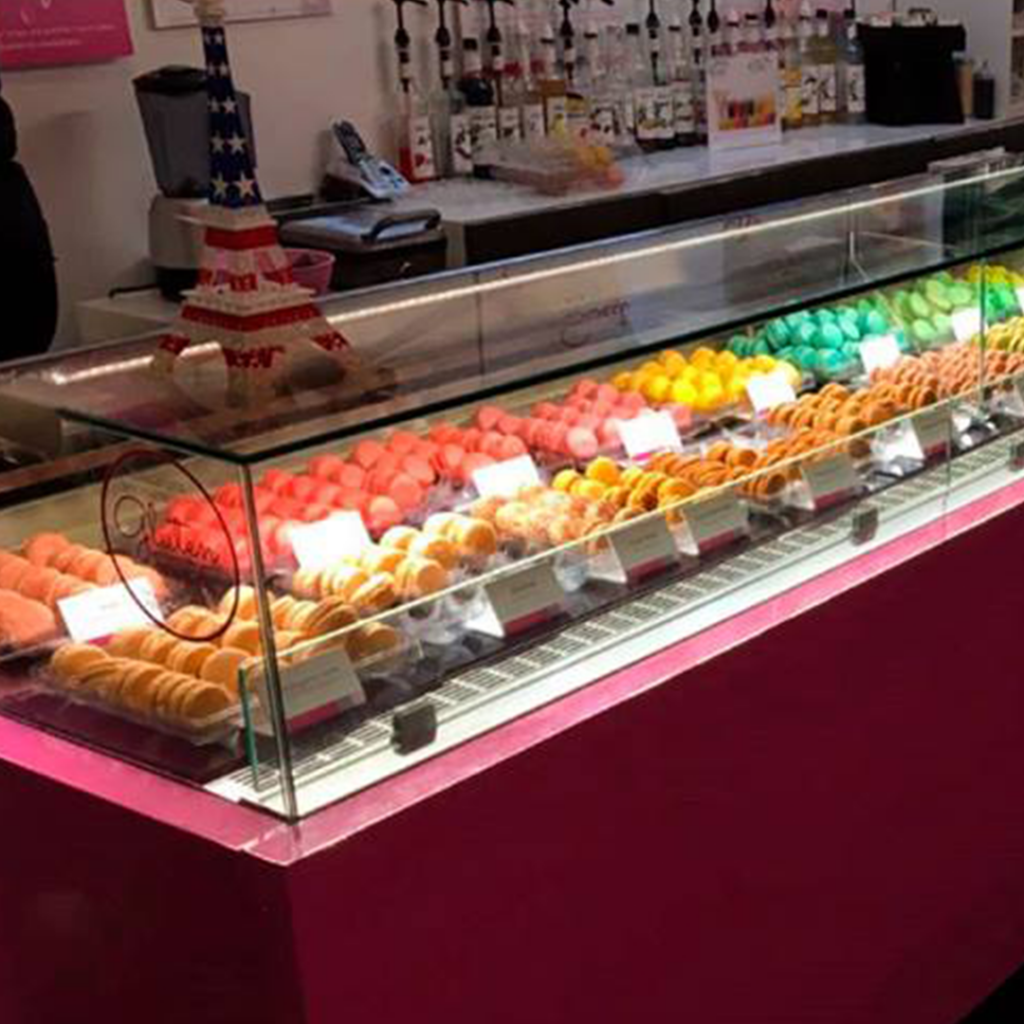A Tale of Two Cookies
You long to be a person of culture. To wear fancy clothes and chortle with glee, your head at a full 90° angle. The monocle and white dinner gloves you’ve ordered off the internet have been gathering dust for weeks, but there is hope.
After working hard to transcend social strata, you find yourself hobnobbing at the dinner party of your dreams. A fellow party goer approaches you and asks if you’d like a macaron.
“Oh, no thank you.” You laugh, rapturously. “I don’t like coconut. It’s the texture, really.”
The room gets quiet. You realize you’ve made a faux pa but are unsure what it is. Mere seconds ago, a titan of industry offered you a cookie. Now they glare at you, contemptuously.

“That’s a macaroon, you complete imbecile! I asked if you’d like a macaron!”
They scoff and walk away. Probably to tell the host/hostess to never invite you to such a soiree again.
You’ve lost all social standing. Forever doomed to spend Saturday nights watching Netflix and eating sub-standard supermarket cookies, like a fool.
GTI Designs doesn’t want you to end up in this sad situation. (Though, we do encourage you to try and make better friends!)
That’s why we’re going to illustrate the difference between two popular, and often confused cookies.
Macarons vs Macaroons
It is easy to mix these two treats up. The most obvious reason being that they have extremely similar names. Macaroon and Macaron are just an “O” apart, after all.
Also, they’re most likely paesano! Hailing originally from Italy and then moving on to France where they were perfected and made popular.
These two cookies are also surprisingly similar in regards to ingredients as well. Egg whites, sugar, vanilla, and a dash of salt make up the base ingredients for both.
However, if you were to look at both cookies side by side, or put on a blindfold and held one in each hand, it would be very easy to tell them apart.
What Are Macarons? (Mac-Ah-Rons)
Macarons are colorful, decadent cookie sandwiches! They are generally made with added food coloring, resulting in an endless variety of colors.
The big ingredient that sets them apart is blanched almond (or almond flour). Also, unlike Macaroons, Macarons feature merengued cookies.
In short, the egg whites are whipped into a meringue with added almond flour. That batter is piped out into thin cookies. Once cooled, two of those thin cookies are put together with a filling between them (generally a jam or crème).
That’s a very general idea of how macarons are made.
You can get a full recipe here.
Macarons are a real eye-catcher in bakeries, as they are so colorful. They are best kept in a display case with humidity control as the meringue cookies can crack easily.
What Are Macaroons? (MAH-CAH-ROONS)
While almonds are the star ingredient for Macarons, Macaroons heavily feature coconut.
They are also much easier to make! No meringue necessary. Just mix the ingredients together, plop on the pan and bake until golden brown (get an actual recipe here).
Macaroons are sometimes covered or drizzled with chocolate for some added flavor and color.
Though decidedly less fancy, Macaroons are also a delicious cookie, and go extremely well with Netflix! They also can be showcased in most chilled pastry cases.
Macarons vs Macaroons – The Takeaway
Macarons: Colorful, fancy meringue-cookie sandwiches. Best kept in humidity-controlled macaron display cases, and a great way to set your bakery or shop apart!
Macaroons: A delicious, lumpy, and ultimately more accessible coconut cookie. Best kept in a chilled pastry display case.
The Real, Secret Moral of the Story: It’s good to know the difference between similar sounding, yet very different cookies. But if people at parties judge you for it, then they’re not your real friends!


